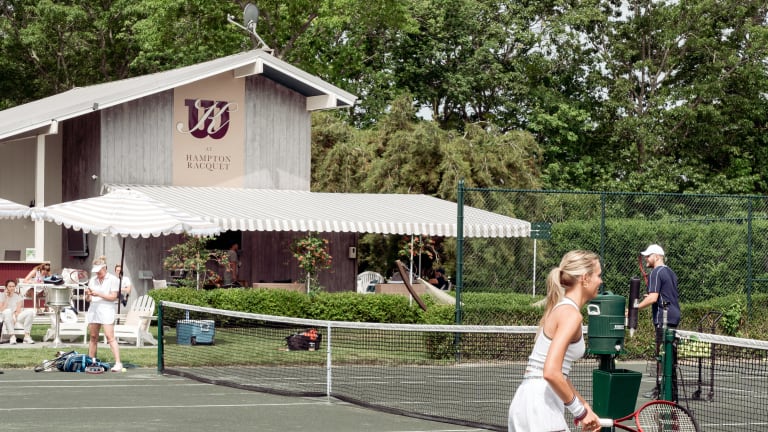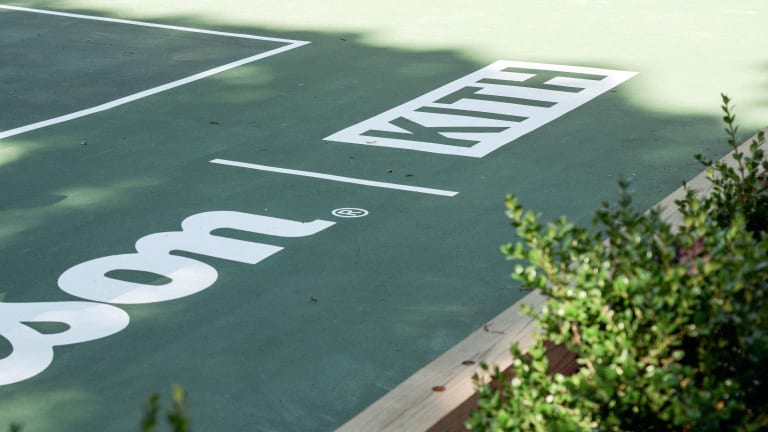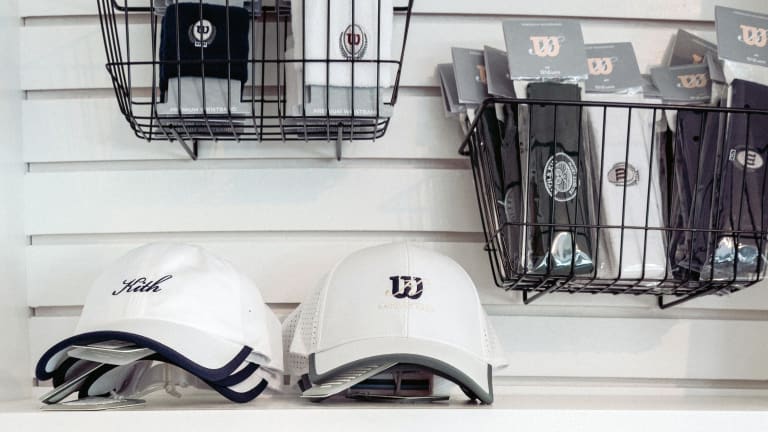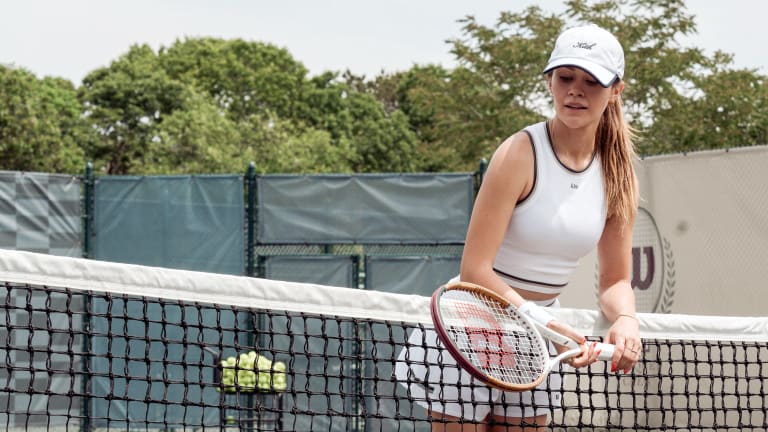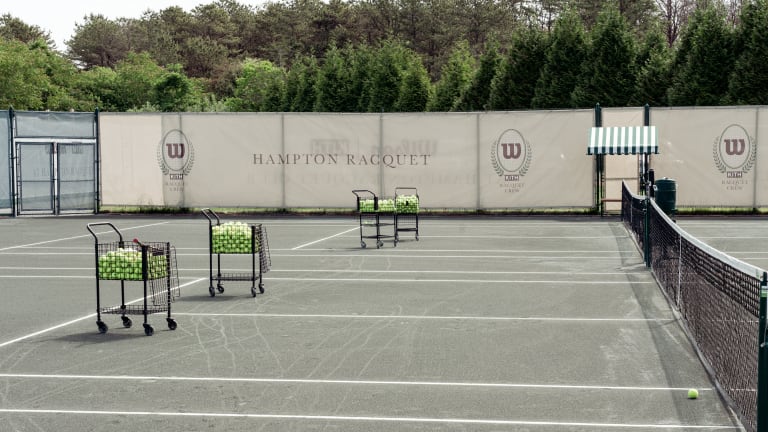Tucked away in a lush, wooded corner of the Hamptons sits Hampton Racquet, a picturesque family-owned country club where anyone is welcome.
Here, 13 Har-tru green clay courts named for neighborhoods in Queens sit side by side with four new pickleball courts, instead of fighting for space. A world-class Vietnamese restaurant is adjacent to an Instagram-worthy Kith Treats pop-up, where the viral cereal-milk ice cream desserts make for a perfect post-match refreshment. And the pro shop is packed with Wilson tennis gear, as well as with exclusive, effortlessly cool streetwear.
A private club, but open to the public; traditional, but with an eye trained to the future; aesthetic, but full of substance too. It’s the perfect setting for an up-close view of how Wilson, an iconic American brand, has reinvented itself while no one was looking.
“This has been a long time coming for Wilson, and it’s really been in the works for a while,” said Joelle Michaeloff, head of design for the year-old Sportswear division, while we watched a group of pickleballers play-testing her creations.
